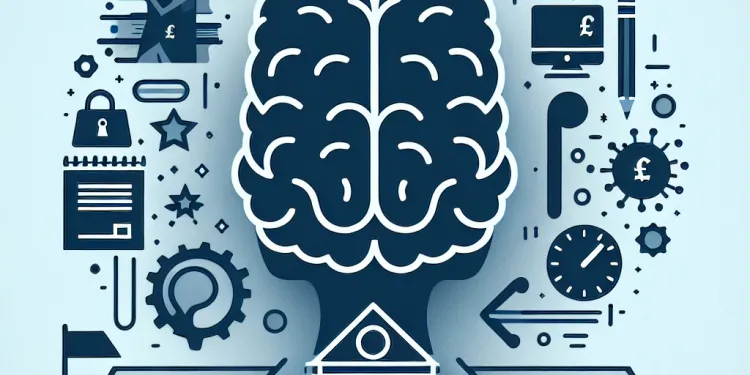
Find Help
More Items From Ergsy search
-
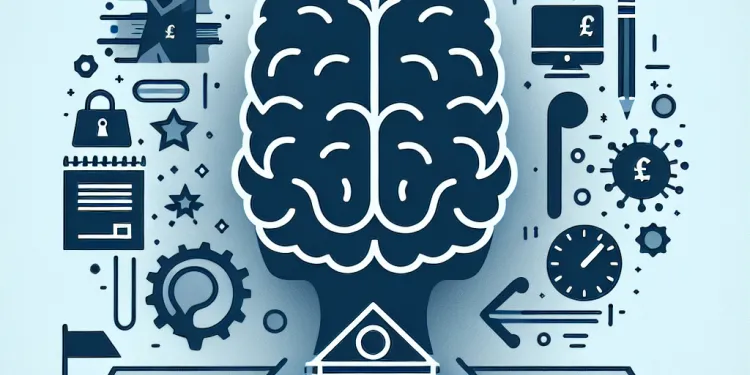
What role do schools play in managing concussions?
Relevance: 100%
-
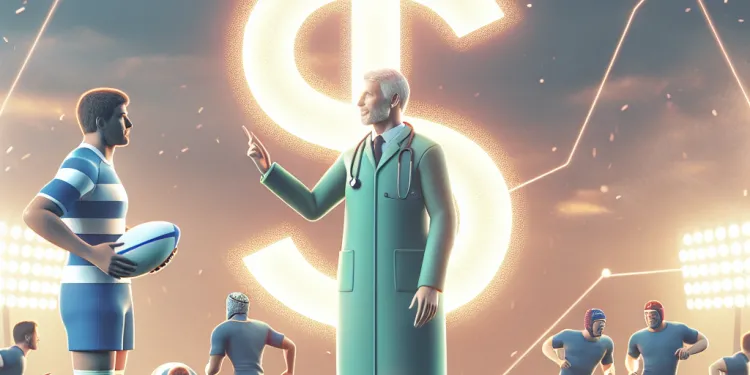
Is there a protocol for managing concussions in rugby?
Relevance: 71%
-
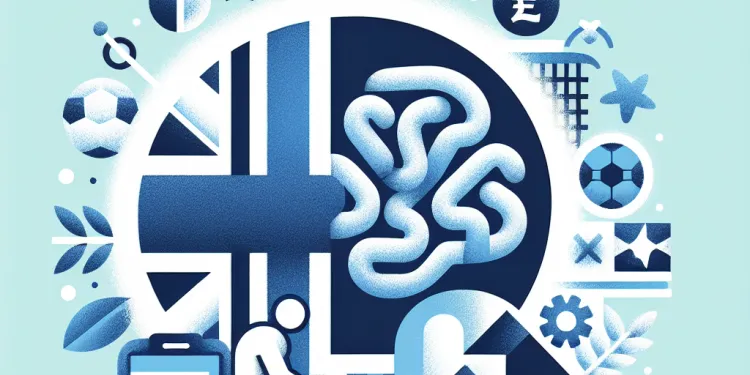
What is Concussion?
Relevance: 63%
-
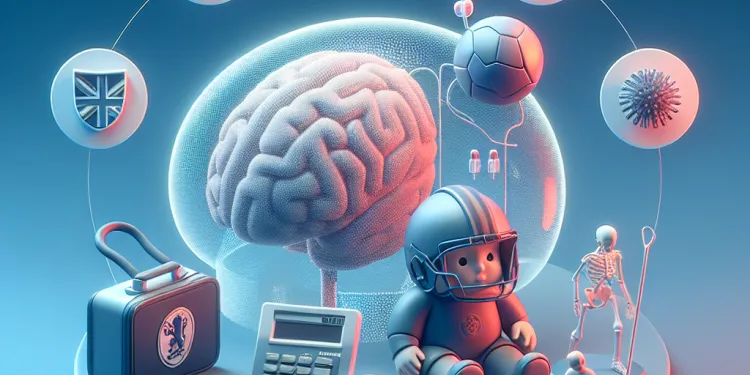
Are children more susceptible to concussions than adults?
Relevance: 58%
-

How are food allergies managed in UK schools?
Relevance: 57%
-

How can concussions be prevented?
Relevance: 57%
-
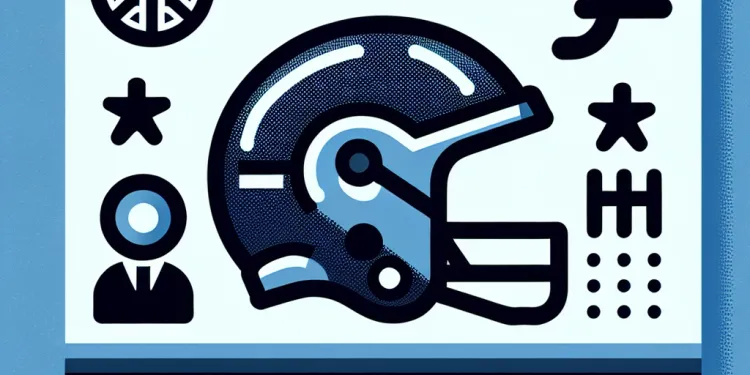
How can concussions be prevented?
Relevance: 57%
-

How is a concussion diagnosed?
Relevance: 54%
-
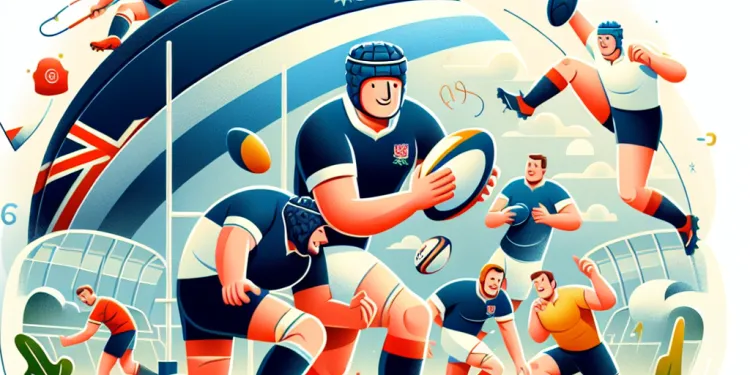
Are Concussions common in Rugby?
Relevance: 54%
-
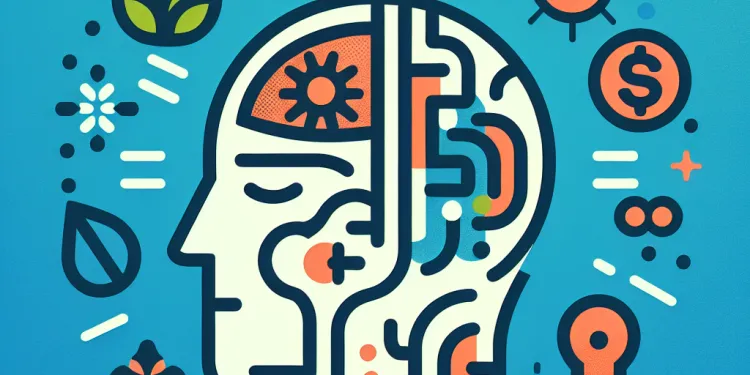
Is headache a symptom of a concussion?
Relevance: 52%
-
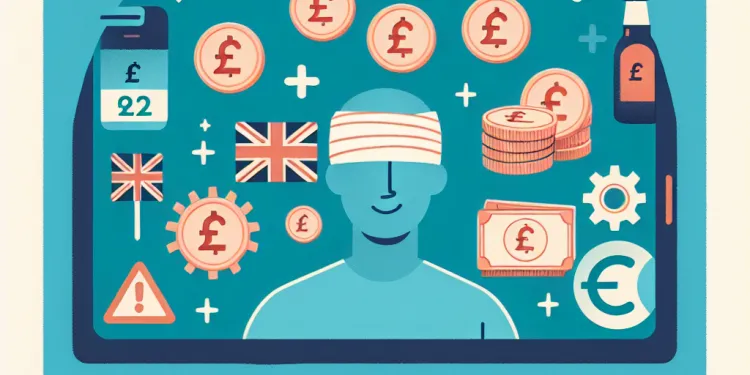
When is it safe to return to normal activities after a concussion?
Relevance: 52%
-
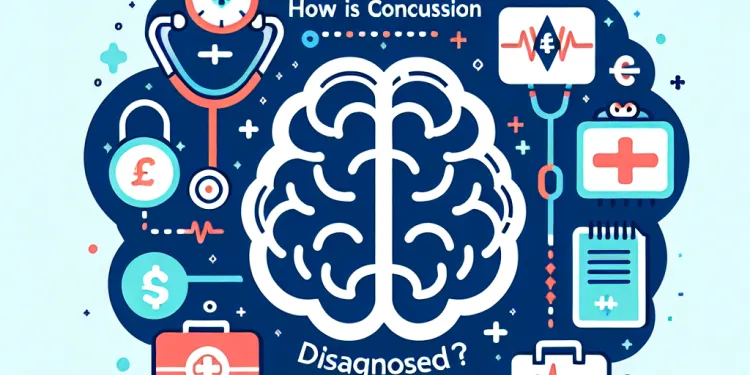
How is a concussion diagnosed?
Relevance: 52%
-
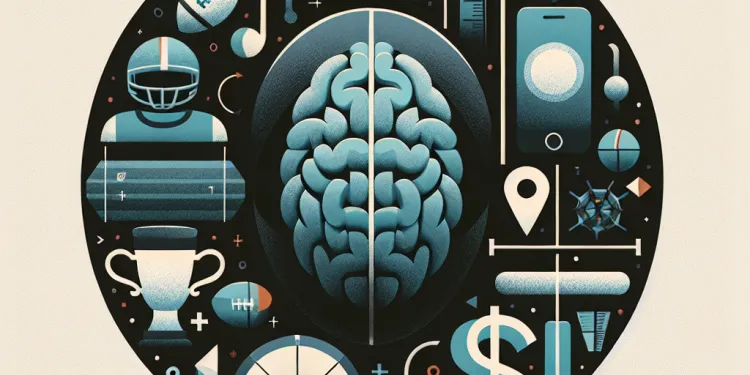
What causes concussions in rugby?
Relevance: 50%
-
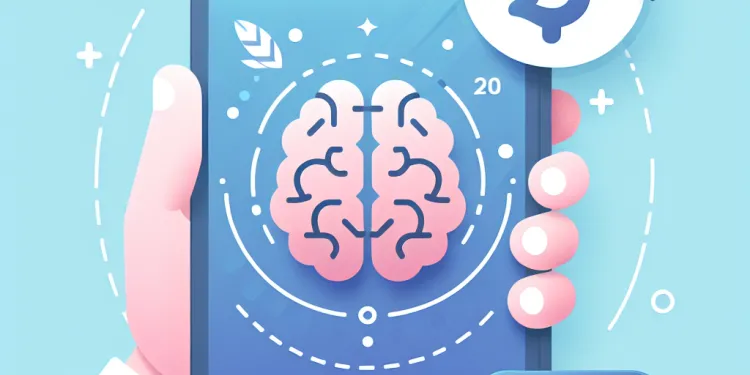
Is there any way to prevent concussions?
Relevance: 50%
-

Are helmets required in rugby to prevent concussions?
Relevance: 50%
-

Is it safe to sleep after a concussion?
Relevance: 50%
-
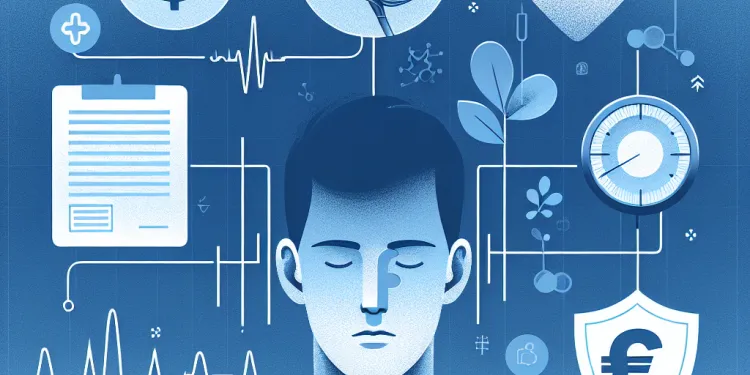
What are common symptoms of a concussion?
Relevance: 49%
-

Is training available for coaches to help prevent concussions?
Relevance: 49%
-
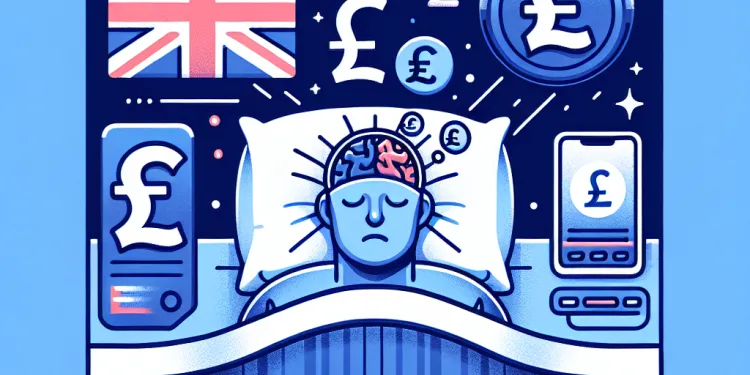
Is it safe to sleep after a concussion?
Relevance: 49%
-
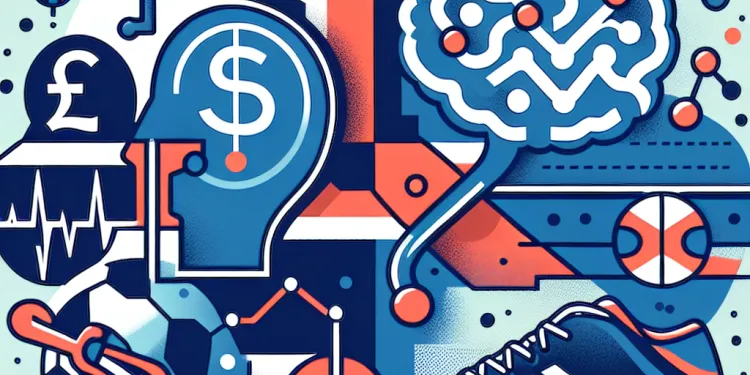
Can playing sports increase the risk of a concussion?
Relevance: 49%
-
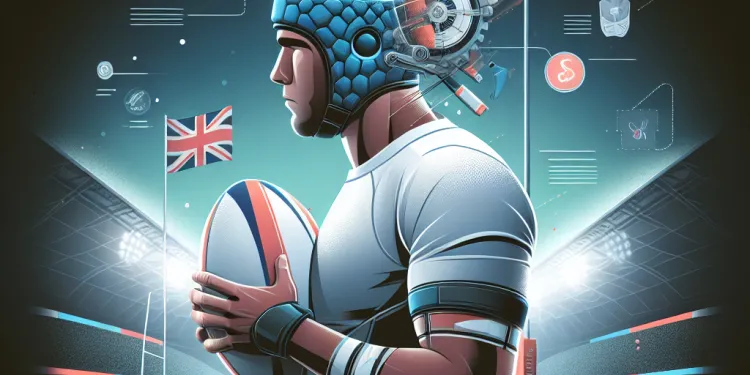
How can concussions be prevented in rugby?
Relevance: 49%
-
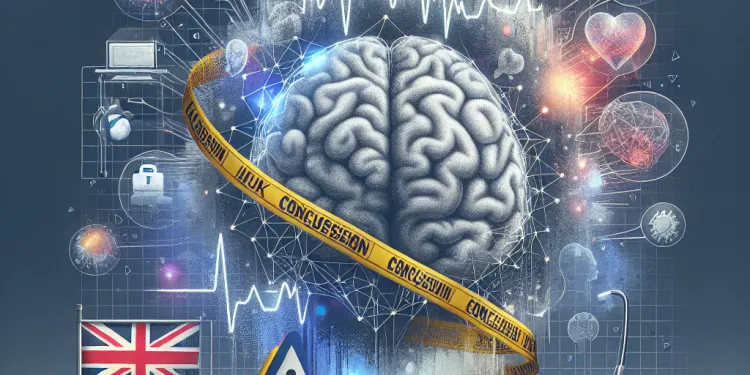
Can a concussion cause memory problems?
Relevance: 49%
-

Can concussions lead to mental health issues?
Relevance: 48%
-
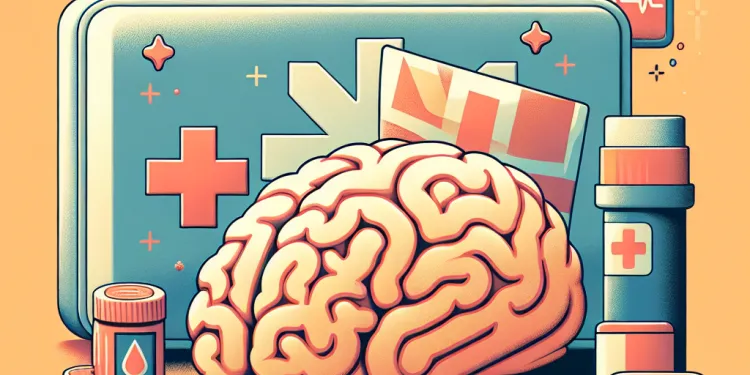
What immediate steps should be taken if someone has a concussion?
Relevance: 48%
-

Is there a difference in concussion rates between amateur and professional rugby?
Relevance: 48%
-

What support is available for rugby players who suffer concussions?
Relevance: 47%
-
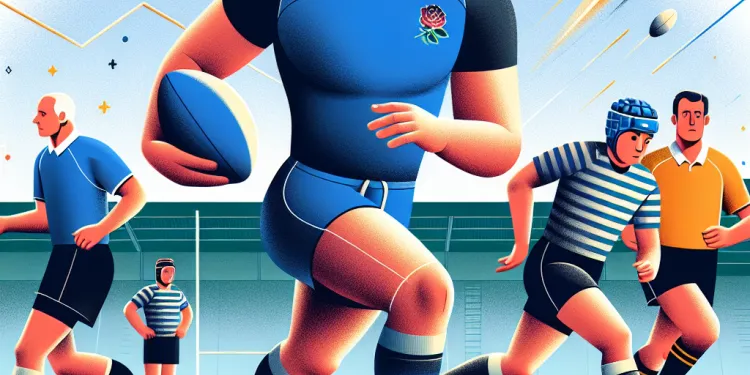
What age groups are most at risk for concussions in rugby?
Relevance: 46%
-

Can concussions occur without a direct blow to the head?
Relevance: 46%
-
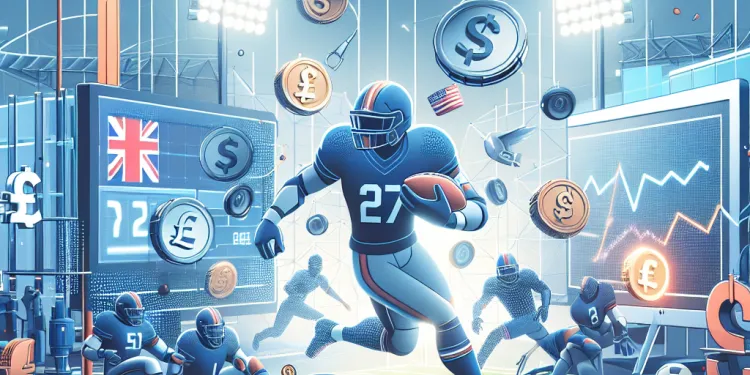
Can players return to play on the same day after a suspected concussion?
Relevance: 45%
-
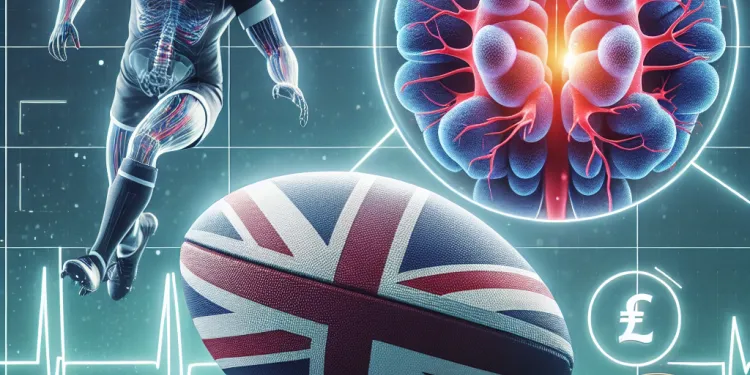
How do concussions impact long-term health in rugby players?
Relevance: 45%
-

Should people with a concussion avoid screens and technology?
Relevance: 45%
-
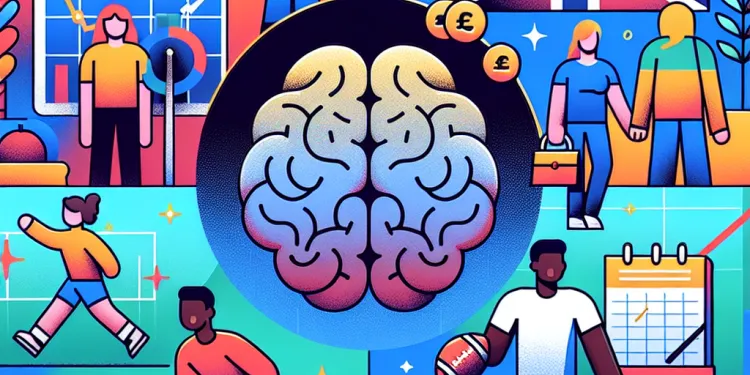
When is it safe to return to normal activities after a concussion?
Relevance: 44%
-
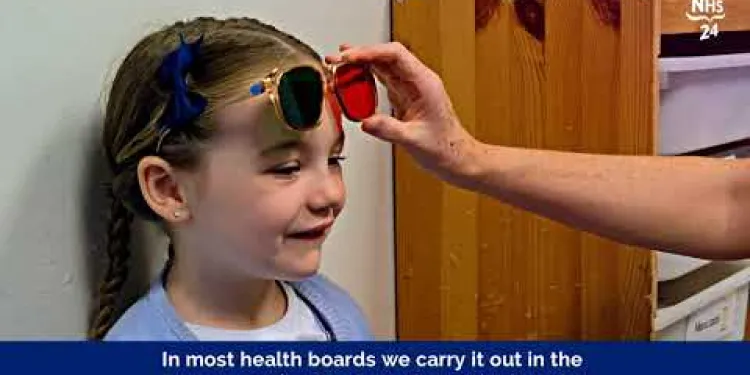
See4School
Relevance: 44%
-

How are school meals provided in the UK?
Relevance: 39%
-

Are school meals inspected for quality and standards?
Relevance: 38%
-

What is the average cost of a school meal in the UK?
Relevance: 37%
-

Who is responsible for providing school meals in the UK?
Relevance: 37%
-

Are school meals free for all students in the UK?
Relevance: 36%
-

Who provides the funding for free school meals in the UK?
Relevance: 36%
-

What is the SENCO's role in a school?
Relevance: 36%
The Role of Schools in Managing Concussions
Introduction to Concussions
Concussions are a form of traumatic brain injury that can occur from a direct blow to the head or body, causing the brain to move rapidly inside the skull. In the UK, awareness of sports-related concussions, especially in schools, has been increasing, highlighting the importance of early recognition and management to prevent long-term consequences.Education and Awareness
One of the primary roles of schools in managing concussions is to educate students, staff, and parents about the signs, symptoms, and risks. This includes understanding that symptoms may appear immediately or develop over hours or days. By organizing workshops, informational sessions, and distributing educational materials, schools ensure that the entire community is equipped with the necessary knowledge to identify possible concussions.Implementing Protocols
Schools develop and implement specific protocols for handling concussions, often in collaboration with healthcare professionals. These protocols typically include guidelines for immediate management, such as safely removing an injured student from activity and ensuring they are evaluated by a medical professional. Furthermore, the protocol outlines a stepwise approach for the student's return to academic and physical activities.Monitoring and Support
Institutions often designate staff members, such as school nurses or sports coaches, to monitor students who have sustained a concussion. Ongoing communication between parents, teachers, and healthcare professionals is crucial to ensure the student's safe return. Schools might offer academic accommodations, like extended deadlines or modified workloads, assisting students in their recovery without academic pressure.Collaborative Efforts
Collaboration between schools, healthcare providers, and sports organizations is vital to improve concussion management practices. In the UK, schools may work with bodies like the Rugby Football Union, which provides specific concussion guidelines. Sharing resources and expertise can lead to better policies and protective measures in schools.Conclusion
Schools play a pivotal role in the comprehensive management of concussions, emphasizing prevention, education, timely intervention, and recovery support. By fostering a culture of safety and awareness, schools help protect the well-being of their students, contributing overall to public health efforts in managing traumatic brain injuries.The Role of Schools in Handling Concussions
What is a Concussion?
A concussion is a type of brain injury. It can happen if you get hit on the head or if something causes your head to move quickly. In the UK, people are learning more about concussions in sports, especially in schools. It is important to know how to spot a concussion early to avoid problems later.Learning and Awareness
Schools teach students, teachers, and parents about concussions. They learn what to look for and why it’s serious. Sometimes, signs of a concussion show up right away but other times it might take hours or days. Schools might have workshops, meetings, and information to help everyone know what to look for and what to do.Steps to Follow
Schools have plans for what to do when a concussion happens. They work with doctors to create these plans. The plan usually says to stop the activity when someone is hurt and make sure a doctor checks them. The plan also tells how the student can go back to school work and exercise safely.Watching and Helping
Teachers, nurses, or coaches at school watch over students who have a concussion. It is important for everyone, including parents and doctors, to talk to each other to make sure the student is okay. Schools can help by giving the student more time to finish work or by changing school tasks so it’s not too hard as they get better.Working Together
Schools work with doctors and sports groups to get better at managing concussions. In the UK, schools might work with groups like the Rugby Football Union to get special advice on how to handle concussions. When everyone shares their ideas and tips, schools can make better rules to keep students safe.Wrapping Up
Schools are very important when it comes to handling concussions. They focus on stopping them from happening, teaching everyone, acting quickly if there’s a problem, and supporting students as they get better. By promoting safety and awareness, schools help keep students healthy and support efforts to manage brain injuries.Frequently Asked Questions
What is a concussion, and how is it identified in schools?
A concussion is a type of traumatic brain injury resulting from a blow to the head or body that causes the brain to move rapidly. In schools, it may be identified by symptoms such as headaches, dizziness, confusion, or memory loss. Teachers and staff are trained to recognize these signs and seek medical evaluation.
What protocols do schools have in place for managing concussions?
Schools follow specific protocols for managing concussions, often including immediate removal from physical activity, medical assessment by a healthcare professional, and a gradual return-to-learn and return-to-play process, tailored to the student’s recovery.
How are teachers trained to handle a student with a suspected concussion?
Teachers receive training on the signs and symptoms of concussions, the importance of immediate response, and referring the student to appropriate medical care. They are also educated on how to support a student’s reintegration into the classroom after a concussion.
What role do parents play in the management of a child’s concussion at school?
Parents are vital in managing their child’s concussion by providing medical information to the school, supporting home recovery, and working with the school to implement any recommended academic adjustments or support.
How do schools coordinate with healthcare professionals in concussion management?
Schools collaborate with healthcare professionals by sharing relevant information, following medical advice for the student’s recovery plan, and ensuring that return-to-learn and return-to-play protocols align with medical guidance.
Are there specific guidelines for physical activity post-concussion in schools?
Yes, schools follow guidelines that typically recommend complete rest from physical activities immediately after a concussion, followed by a gradual, supervised return to physical activities in accordance with healthcare professional advice.
What educational adjustments might be made for a student recovering from a concussion?
Adjustments may include modified coursework, extended deadlines, rest breaks, reduced cognitive workload, and using alternative learning methods to ensure the student can continue their education while recovering.
How do schools ensure long-term monitoring and support for students with concussions?
Schools maintain communication with parents, healthcare providers, and students to monitor recovery, regularly assess the student’s condition, and adjust educational plans as needed to support a full recovery.
What is the role of school nurses in concussion management?
School nurses play a critical role in assessing students with suspected concussions, providing initial care, coordinating with healthcare providers, and helping develop and monitor return-to-learn plans.
How do schools handle concussions during sports activities?
Schools enforce policies that prioritize student safety, such as immediate removal from play, evaluation by a medical professional, and adherence to a return-to-play protocol following a concussion.
What resources are available for students and parents regarding concussion education?
Schools often provide information sessions, leaflets, and access to online resources to educate students and parents about concussion prevention, identification, and management.
How does school policy ensure swift action in concussion cases?
School policies include clear procedures for staff to follow when a concussion is suspected, including quick referral to medical professionals and parent notification to ensure timely intervention.
What are the challenges schools face in managing concussions effectively?
Challenges include varying symptoms, the need for individualized recovery plans, ensuring staff training consistency, and coordinating effectively between parents, healthcare providers, and educators.
How do schools balance sports participation and concussion risks?
Schools implement safety guidelines, promote the use of protective equipment, educate on safe playing techniques, and oversee adherence to concussion protocols to reduce risks while encouraging sports participation.
What role do educational authorities play in guiding schools on concussion policies?
Educational authorities provide guidelines, support training and resources, and develop frameworks that schools use to establish effective concussion management and prevention strategies.
What is a concussion, and how can you tell if someone has one at school?
A concussion is a type of brain injury. It can happen if you hit your head.
How do you know if someone has a concussion?
- They might feel dizzy.
- They might have a headache.
- They may look confused.
- They could feel sick or throw up.
If you see these signs, tell a teacher or adult. They can help the person get care.
It’s important to get help quickly.
A concussion happens when the brain gets hurt from a hard bump or hit to the head or body. This makes the brain move quickly. In schools, people might see signs like headaches, feeling dizzy, being confused, or not remembering things. Teachers and school workers learn how to spot these signs. They get help from doctors if they think someone has a concussion.
How do schools handle head injuries?
Schools have plans to help students with head injuries called concussions.
These plans help keep students safe.
Schools have special people, like nurses and teachers, who know how to help.
If you want to learn more, you can ask a teacher or an adult you trust.
You can use tools like talking to someone, drawing pictures, or using apps to understand better.
Schools have special rules to help when someone has a concussion. If a student gets hurt, they stop playing sports or doing activities right away. A doctor or nurse will check them to see if they are okay. The student will slowly start doing school work and playing sports again, when they feel better.
How do teachers learn to help a student who might have a concussion?
Teachers learn special ways to help if a student might have a concussion. A concussion is when you hurt your head and it can make you feel dizzy or confused. Here is how teachers get ready:
- Teachers take special classes to learn about concussions.
- They learn signs of a concussion, like feeling dizzy or having a headache.
- Teachers learn to stay calm and help the student feel safe.
- They are trained to call for help if needed, like the school nurse.
If you want, you can use tools like pictures or videos to understand this better.
Teachers learn how to spot the signs of a concussion. They know it's important to act right away and tell someone who can help. Teachers also learn how to help a student feel better when they come back to school after a concussion.
How can parents help if their child has a concussion at school?
Parents can do a lot to help their child get better if they have a concussion at school. Here are some easy ways:
- Talk to the child's doctor. Doctors can explain what things the child should avoid.
- Tell the school about the concussion. Teachers need to know so they can help the child.
- Help the child rest. Resting a lot is important for getting better.
- Watch how the child feels. If they feel worse, tell the doctor.
Tools that can help:
- Use a notebook to write down important information from the doctor and school.
- Use calendars to plan rest time and doctor visits.
Parents play an important role when their child has a concussion. They need to share medical information with the school. They also help their child rest and get better at home. Parents should work with the school to make sure the child gets the help they need with schoolwork.
How do schools work with healthcare helpers to care for kids with head injuries?
Schools and healthcare helpers work as a team to care for kids with head bumps.
If a child gets a head bump, schools talk with doctors to help the child feel better.
The school helps kids follow the doctor’s advice. This may include more rest or fewer classes.
Use pictures, charts, or simple apps to help explain things better.
Schools work together with health care workers. They share important information. They follow the doctor's advice to help the student get better. They make sure the student can learn and play safely when they come back. They listen to what the doctors say.
What should kids do after a concussion at school?
Take it slow: After a concussion, it's important for kids to rest and take breaks. They should not rush back to playing sports or doing hard activities.
Listen to doctors: Doctors will give advice on what activities are safe. It's important to follow their guidelines.
Step by step: Start with easy activities and slowly do more when feeling better.
Ask for help: Use things like reminder notes or talk to teachers if it's hard to remember things. It's okay to ask for support.
Yes, schools have rules for when someone gets a concussion. First, you need to rest and not do any sports or games. Later, you can slowly start doing activities again. A doctor will tell you when it's okay to start doing more.
How can we help a student who is getting better from a head injury?
Here are some ways to help:
- Give the student more time to finish their work.
- Let them take breaks if they feel tired.
- Use simple words and sentences when talking to them.
- If the lights are too bright, try to make the room dimmer.
- Use pictures and videos to help them learn.
- Let them wear sunglasses if their eyes hurt in the light.
- Always be patient and listen to what they need.
Changes can help students keep learning while getting better. These changes can be:
- Easier school work
- More time to finish work
- Breaks to rest
- Less hard work at once
- Different ways to learn
These can help students feel better and learn at the same time.
How do schools help students with head injuries over time?
Schools help students who hurt their heads by watching and supporting them for a long time.
Here is how they do it:
- Talk with doctors and families.
- Use special learning plans for each student.
- Check on students often to see how they feel.
- Give extra help in class if needed.
- Use tools like timers to help students remember things.
If more help is needed, ask the teacher. Reading tools like special apps can also help students.
Schools talk with parents, doctors, and students to check how the student is feeling. They change school plans if needed to help the student feel better.
What do school nurses do to help with concussions?
School nurses help kids who have head injuries, called concussions. They make sure kids rest and get better. Nurses talk to teachers and parents, so everyone knows how to help. They check on kids to see if they feel okay.
If you need help, ask questions. Use tools like picture charts or apps to remember steps. It's okay to need extra support.
School nurses have an important job. They help students who might have a concussion. They give first aid and work with doctors. They also help make a plan to get the student back to learning.
What do schools do if a student gets a concussion during sports?
If a student hits their head during sports, schools have a plan to help. A concussion is when your brain gets hurt from a hard hit.
Here is what usually happens:
- The student stops playing right away.
- A teacher or coach checks if the student is okay.
- The student may go to the nurse or a doctor for help.
- The student will rest until they feel better.
- They will only play sports again when the doctor says it is okay.
Tools and tips to help:
- Use pictures or videos to learn about how to be safe in sports.
- Ask a teacher or friend if you do not understand something.
- Take extra time to rest and relax if needed.
Schools have rules to keep kids safe. If a child gets hit on the head, they have to stop playing right away. Then, a doctor needs to check them. They can only play again when it's safe.
What can help students and parents learn about concussions?
There are tools and tips to help you understand concussions better:
- Read simple booklets or guides about concussions.
- Watch easy videos about what happens when someone has a concussion.
- Ask a doctor or nurse to explain concussions to you.
- Check with your school for any classes or talks about keeping your head safe.
- Use apps or websites that give information in a fun and easy way.
Schools give out easy-to-understand talks and handouts. They also have websites to help kids and parents learn about how to stop, spot, and take care of concussions.
How does the school keep kids safe when they have a head injury?
Schools have rules for what to do if someone might have a concussion. These rules tell teachers and staff to:
- Get help from doctors or nurses quickly.
- Tell the student's parents right away.
This helps the student get the care they need fast.
What problems do schools have with handling concussions well?
Schools sometimes find it hard to take care of students with concussions. A concussion is a type of head injury. Here are some problems they face:
- Understanding: Teachers and students may not always know what a concussion is. They need to learn more about it.
- Identifying: It's not easy to see if someone has a concussion. Symptoms can be different for everyone.
- Training: Staff need training to help students with concussions.
- Communication: Schools need to talk well with parents and doctors.
- Support: Students need help to catch up with schoolwork after a concussion.
Tools like checklists and apps can help schools manage these problems. It's important for everyone to work together to keep students safe and healthy.
There are some problems we need to think about. People have different symptoms; this means what they feel can be different. Each person needs their own plan to get better. We also need to make sure all the staff learn the same things. It's very important for parents, doctors, and teachers to work well together.
How do schools keep sports fun and safe?
Schools help kids play sports while staying safe. They make sure everyone has fun and no one gets hurt.
Here are some ways schools do this:
- They teach kids how to play safely.
- They check if equipment like helmets fits well.
- They have rules to stop rough play.
- They watch kids closely during games.
- If a child hits their head, they make sure they rest.
Tools like simple charts or pictures can help explain these rules. Adults, like teachers or coaches, can talk with kids to make sure everyone understands.
Schools help keep sports safe by doing a few things. They make rules to keep everyone safe, remind kids to wear safety gear like helmets, teach how to play safely, and make sure students follow rules about concussions. This helps everyone have fun and stay safe.
How do education bosses help schools with head bump rules?
Education bosses help schools make rules about head bumps. They give advice on how to keep kids safe if they hit their heads during activities like sports.
If someone gets a bump on the head, these bosses help schools know what to do next. This might mean letting the child rest or getting a doctor to check them.
Schools can use guides and checklists to make sure they do the right things. These tools help teachers and school staff care for students better.
People in charge of schools help teachers and staff learn how to keep students safe. They give schools rules and tools to help with concussions.
Useful Links
- Ergsy carfully checks the information in the videos we provide here.
- Videos shown by Youtube after a video has completed, have NOT been reviewed by ERGSY.
- To view, click the arrow in centre of video.
- Most of the videos you find here will have subtitles and/or closed captions available.
- You may need to turn these on, and choose your preferred language.
- Go to the video you'd like to watch.
- If closed captions (CC) are available, settings will be visible on the bottom right of the video player.
- To turn on Captions, click settings .
- To turn off Captions, click settings again.
More Items From Ergsy search
-

What role do schools play in managing concussions?
Relevance: 100%
-

Is there a protocol for managing concussions in rugby?
Relevance: 71%
-

What is Concussion?
Relevance: 63%
-

Are children more susceptible to concussions than adults?
Relevance: 58%
-

How are food allergies managed in UK schools?
Relevance: 57%
-

How can concussions be prevented?
Relevance: 57%
-

How can concussions be prevented?
Relevance: 57%
-

How is a concussion diagnosed?
Relevance: 54%
-

Are Concussions common in Rugby?
Relevance: 54%
-

Is headache a symptom of a concussion?
Relevance: 52%
-

When is it safe to return to normal activities after a concussion?
Relevance: 52%
-

How is a concussion diagnosed?
Relevance: 52%
-

What causes concussions in rugby?
Relevance: 50%
-

Is there any way to prevent concussions?
Relevance: 50%
-

Are helmets required in rugby to prevent concussions?
Relevance: 50%
-

Is it safe to sleep after a concussion?
Relevance: 50%
-

What are common symptoms of a concussion?
Relevance: 49%
-

Is training available for coaches to help prevent concussions?
Relevance: 49%
-

Is it safe to sleep after a concussion?
Relevance: 49%
-

Can playing sports increase the risk of a concussion?
Relevance: 49%
-

How can concussions be prevented in rugby?
Relevance: 49%
-

Can a concussion cause memory problems?
Relevance: 49%
-

Can concussions lead to mental health issues?
Relevance: 48%
-

What immediate steps should be taken if someone has a concussion?
Relevance: 48%
-

Is there a difference in concussion rates between amateur and professional rugby?
Relevance: 48%
-

What support is available for rugby players who suffer concussions?
Relevance: 47%
-

What age groups are most at risk for concussions in rugby?
Relevance: 46%
-

Can concussions occur without a direct blow to the head?
Relevance: 46%
-

Can players return to play on the same day after a suspected concussion?
Relevance: 45%
-

How do concussions impact long-term health in rugby players?
Relevance: 45%
-

Should people with a concussion avoid screens and technology?
Relevance: 45%
-

When is it safe to return to normal activities after a concussion?
Relevance: 44%
-

See4School
Relevance: 44%
-

How are school meals provided in the UK?
Relevance: 39%
-

Are school meals inspected for quality and standards?
Relevance: 38%
-

What is the average cost of a school meal in the UK?
Relevance: 37%
-

Who is responsible for providing school meals in the UK?
Relevance: 37%
-

Are school meals free for all students in the UK?
Relevance: 36%
-

Who provides the funding for free school meals in the UK?
Relevance: 36%
-

What is the SENCO's role in a school?
Relevance: 36%


